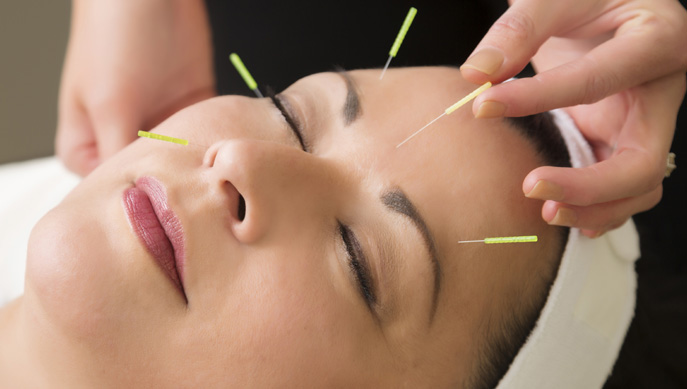Acupuncture
Acupuncture
Acupuncture is a 2000-year old Chinese treatment in which needles are inserted into specific points on the body. The World Health Organization (WHO) lists approximately four dozen different conditions that can legitimately be treated by acupuncture. In 1999, the WHO published a document which guidelines for training and safety in which they recommended 200 hours of formal training.
Most successful applications of acupuncture are for pain problems, particularly acute and chronic muscle and joint pain. These included but are not limited to acute sprains and strains, muscle pain, arthritic pain, shoulder, neck and low back pain, tennis elbow, carpal tunnel syndrome, plantar fasciitis, achilles tendinitis, migraine and tension headaches. Acupuncture may also be of help as extra treatment for digestive problems such as irritable bowel, constipation and diarrhea, respiratory problems such as sinusitis and bronchitis, and uncomplicated psycho-emotional problems such as stress, anxiety and insomnia.
Contemporary Medical Acupuncture is a therapeutic intervention defined from a biomedical standpoint. It consists of the stimulation of the peripheral nervous system with acupuncture needles and electricity in order to induce the responses for the therapeutic purpose of treating pain, musculoskeletal dysfunction, and selected states of functional disregulation.
FAQ:
How Does It Work?
Diseases and injuries are resolved by a complex set of responses in the body. Sometimes this complex set of responses in exaggerated, only partially triggered, or not triggered at all. Acupuncture treatment is aimed at triggering these responses appropriately, making sure that the body’s natural healing mechanisms are enhanced. Acupuncture primarily exerts its influence through the nervous system. The act of inserting an acupuncture needle into the body generally results in the following:
- Pain Control
- Inflammation Control
- Blood and Lymphatic Flow
- Neurohumoral Response




